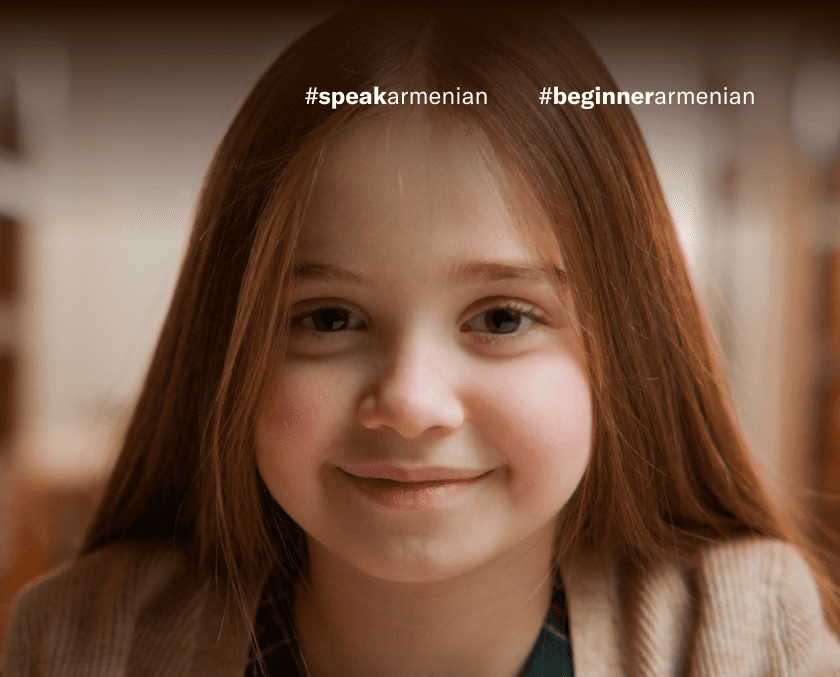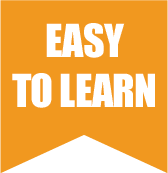The accelerated course "Armenian for beginners" part 2 is explicitly designed for foreigners and Armenians whose primary language is not Armenian. The course includes topics relevant for adaptation in the country, which will be helpful in everyday life and work, as well as expand the educational horizons and penetration into the Armenian environment and national culture.
Any material is explained in an accessible form in the form of colorful understandable diagrams, illustrations, and analogies in the native language.
It all starts with the production of sounds because the phonetics in the Armenian language is different from others. Therefore, much attention is paid to stress and intonation when studying the Armenian language. We will help you learn and apply the basic grammatical constructions, words, and expressions necessary for communication.
It is not easy to learn the Armenian language, but if you approach the matter creatively, and choose the proper methodology, then any material will be accessible.
Methodology
At the initial stage of learning, a natural or emotional-semantic method is mainly used, according to which language learning should begin with understanding the meaning, not the form. It is proposed to learn a foreign language naturally, just as children learn to speak their native language.
At the first stage of the initial training cycle, the student is allowed to listen to the speech of a native speaker until he begins to gradually grasp the general meaning of what he has heard, progressively overcoming his fear of a foreign language.
At the end of the first cycle, when the Armenian speech no longer seems gibberish, the listener can not just study the language but spend an hour of class communicating in Armenian. Thus, the language barrier overcomes, and speech initiative arises – the main factor of foreign language proficiency.
At the end of the first cycle, which lasts about 2-3 months, listeners can already speak Armenian, read small texts, and watch short videos on the Internet.
Learning outcomes
At the end of the First level of the course, participants will be able to
• read and understand simple sentences, in particular, in ads, on posters, in restaurant menus, on shop windows, and understand the basic information of a minor, adapted text.
• understand the basic information (topic, main content, and communicative intentions) of short dialogues and monologues in everyday communication situations;
• be able to maintain a conversation about yourself, friends, family, working day, and free time.
• The volume of vocabulary will be up to 3,000 words.
Academic load
In addition to the main classroom hours, students devote no more than 30 minutes to extracurricular (independent) work to prepare for lessons.




































